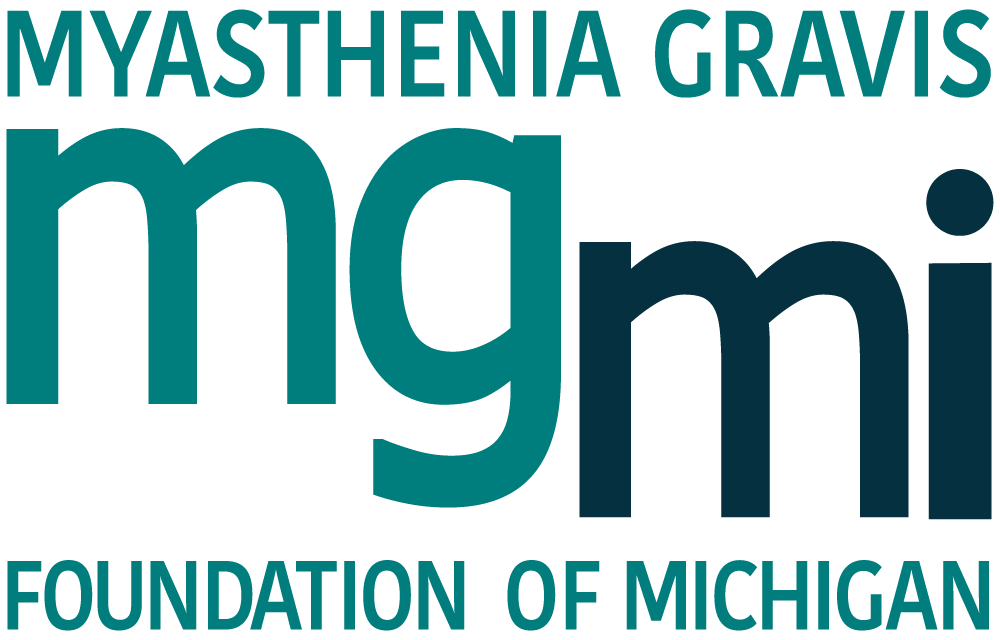Have questions about MG?
Ask The Doctor

Welcome to Ask The Doctor, your platform for all things related to Myasthenia Gravis (MG).
Click on the questions below to get input from Paul T. Twydell, DO. Not finding what you are looking for? Contact Us!
There are several reasons that patients may feel that pyridostigmine (Mestinon) is not helping. First, the patient’s Myasthenia Gravis (MG) may actually be under control or in remission. During these periods, it is unlikely that Mestinon will help with any symptoms especially if symptoms are tiredness or fatigue which can be notoriously difficult to treat in MG patients and may actually be due to other coexisting conditions (poor sleep, mood, obstructive sleep apnea, other medication side effects). For those with active disease, the dose may be too low. Some patients will not see a benefit until they increase the individual dose (typically 60 mg or one tablet) to 90 mg or 120 mg (1.5 to 2 tablets). If a patient decides to increase the dose, this should be conveyed to the treating physician so both parties are on the same page. It is possible to take too much Mestinon and cause significant side effects (muscle cramping, excessive saliva or secretions in the throat, runny eyes and nose, abdominal pain, or diarrhea).
For many, Mestinon is a symptomatic treatment, used until the disease responds to immunosuppressive therapies (prednisone, mycophenolate, azathioprine, etc.). After that, the medication may not be that helpful. It may be helpful to skip a dose to see if there is any effect. Mestinon has no actual effect on the disease process. It really only helps the nerves communicate with the muscles better, so stopping the drug will not have any effect on the disease activity. The drug, once ingested, typically starts to work within 30-40 minutes and can last up to 3-6 hours. If taking the medication does not result in a noticeable change in symptoms, or the effect is not wearing off before the next dose, then it probably is doing very little. Also, for most patients, a bedtime dose is not helpful which makes sense since the patient is sleeping while the drug is active and it is fully metabolized upon awakening. Some patients do, however, feel there is some benefit the following morning.
In general, minor medical procedures should be well tolerated by patients with myasthenia gravis. Typically, for a colonoscopy, a patient will receive a sedative like midazolam (Versed) which is a cousin of Valium or Xanax. Patients will also usually get a narcotic pain medication as well. These medications are generally safe in patients with MG. That being said, if the disease is not controlled and patients are having problems with chewing, swallowing, and breathing, it may be best to hold off these procedures until the disease is under better control.
For surgical procedures, things may be a bit trickier. There should be communication between the treating neurologist and the anesthesiologist and surgeon about what is the best choice for anesthesia as some drugs may exacerbate myasthenic symptoms more than others. They should also be aware of the other medications that may worsen myasthenia gravis as many times these drugs are given prophylactically as part of a routine. For those whose disease is not under control, they may need to be admitted to the hospital a few days in advance of surgery in order to get treated with plasma exchange or intravenous immunoglobulin (IVIg) so that they are in the best position to tolerate the surgery. Some patients may need this afterwards as well. Close attention to breathing function should be made in the perioperative period. There should be a plan in place should patients experience an exacerbation or crisis post-operatively.
For routine dental procedures, there is no concern. For anything more than routine, patients who are immunosuppressed should consider antibiotic prophylaxis. Again, it should be conveyed to the dentist or oral surgeon that the patient has myasthenia gravis and that there are certain antibiotics that should be avoided.
There are not even any citations regarding experimental studies in animal models of MG. A Google search using the terms “low dose naltrexone” and “myasthenia gravis” turns up 238,000 results. A quick scan of the first couple of pages of results is notable for anecdotal reports about its successes in the treatment of MG, but these are mostly by people who are selling it.
One site reads, “No, I don’t have studies to substantiate this information. Instead, I have over 40 years experience in pharmacy and over a decade helping people with their needs for compounded LDN.” Another web site by a naturopathic doctor touts its use for the treatment of MG. but ends by noting “Dr. Weyrich has been trained in the use of Low Dose Naltrexone (LDN) and offers these protocols as a complement to other therapies; however at this time Dr. Weyrich has not treated any cases of Myasthenia Gravis using LDN.”
Reactions reported with naltrexone include: “nausea, vomiting, injection site reactions (including induration, pruritus, nodules and swelling), muscle cramps, dizziness or syncope (passing out), somnolence or sedation, anorexia, decreased appetite or other appetite disorders.” In addition, there is currently a black box warning for possible liver injury, and it is worth noting that naltrexone should not be used in patients with acute hepatitis or liver failure. These side effects and warnings, however, are based on normal dose (as opposed to low-dose) naltrexone. The cost is not very expensive compared to other treatments for MG. However, since there is no indication for the treatment of MG, insurance companies are unlikely to cover the cost.
In summary, there is no scientific evidence for the use of LDN in the treatment of MG, not even at the experimental level. More research is needed in order to see if there is a role for its use, preferably in the form of randomized, double blind masked, placebo controlled studies.
